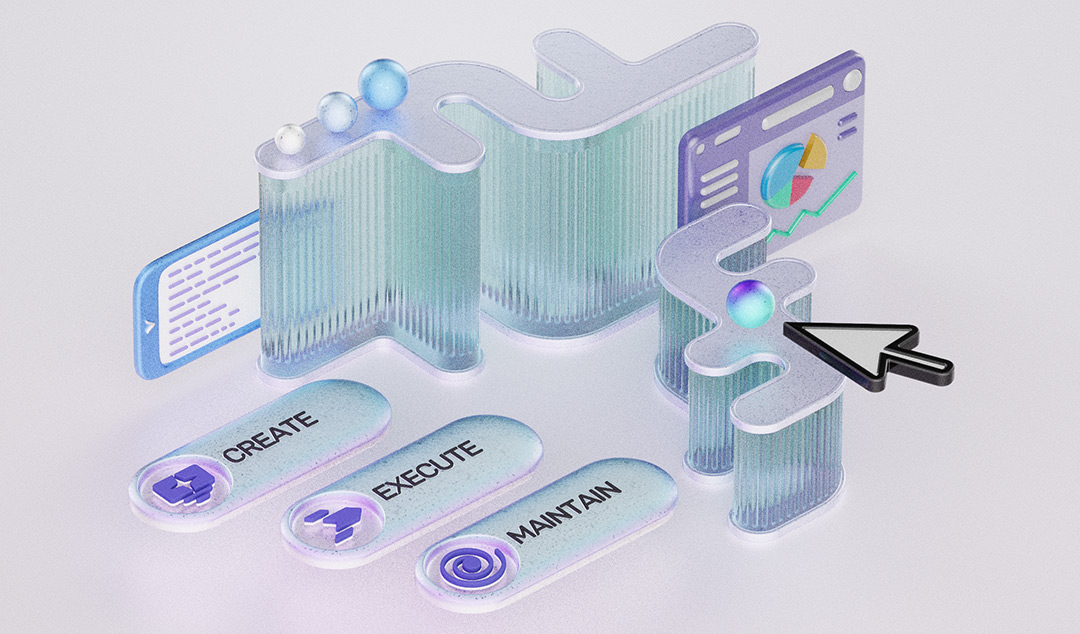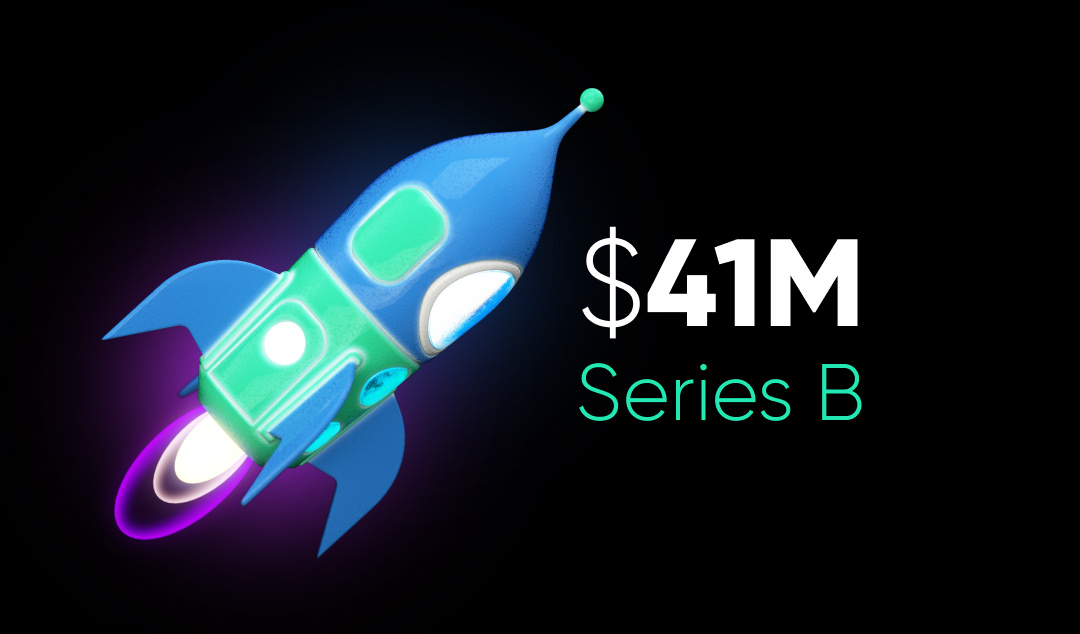Can automation fill the void left by labor shortages?
Labor shortages around the world are driving companies to adopt different automation technologies, but does automation really solve the problem?

Last year, McDonald’s advertised an offer to pay $50 to job applicants just to show up for an interview.
The Great Resignation is having a big impact on every industry.
Labor shortages across the board are making businesses rethink how to manage their operations and growth strategies. Automation is one key solution to tackle today’s critical labor shortage.
Fast food and retail are increasingly using robots to serve customers. Some say the cashier position is almost obsolete. Self-service kiosks simply do the job more efficiently and reliably. And they don’t come with the recurring costs of their (now not so) permanent human counterparts.
Square’s Future of Commerce: 2022 Edition throws up some interesting stats:
- 73% of restaurants say they are experiencing a labor shortage.
- 62% of restaurants say that automation would fill critical gaps in managing orders placed online, at both the restaurant and through delivery apps.
- 98% of beauty businesses agree that having one integrated application to manage all business functions would free up staff for more important tasks.
- 72% of retailers use or plan to use automation to decrease staff members’ hands-on time

The US Bureau of Labor Statistics reports more than 800,000 vacancies in the manufacturing industry. Labor shortages are driving manufacturers to adopt automation not only in machinery and heavy equipment operation, but also in their software systems. The supply chain crisis brought on by the pandemic means that manufacturers are left on the back foot for their incoming business. It is now all the more imperative for them to build intelligent, integrated systems.
In fact, many manufacturing companies are turning to open-source technology to help them scale up their software. Connecting to a global community of open-source developers gives them access to creative and flexible solutions to a variety of use cases. Open-source ERP software helps manufacturing enterprises integrate processes and respond more quickly to changes. They can utilize their capacity more efficiently and meet product demand. The open-source model allows them to do this at a lower cost.
It's no surprise that these economic changes have put an additional stress on the technology talent pool. The more need there is for agile and responsive software, the more demand there is for software developers, testers and solutions architects. Not to mention project managers, cybersecurity experts and cloud specialists to boot.

A key use case for automation is software testing. When enterprises need automation and digital transformation to stay competitive, software development scales up rapidly. With it comes the volume of testing needed to make sure the software delivers. Test automation helps to increase the number and range of tests that are able to be performed. At the very least, repetitive testing such as regression testing should be automated to reduce human labor.
If enterprises choose to go with open-source platforms to automate their processes, they encounter another problem. Open-source test automation still needs skilled engineers to create test scripts, run them and maintain them. The test automation paradox makes them lag behind any quickly automated development gain. The costs going towards mitigating labor shortages inevitably rack up in precious time spent by expensive resources on software upkeep.
Functionize uses artificial intelligence and machine learning to revolutionize test automation. Machine learning boosts artificial tests by applying algorithms that enable the solution to automatically improve by collecting massive amounts of data from applications. Machine learning then makes decisions based on the data that has been observed previously to recommend fixes or help avoid broken tests entirely.
The volume of data generated by test automation makes it an ideal use case for AI and ML. Functionize’s system is constantly fine-tuning a detailed ML model of your application based on your tests. We capture every piece of detail for every test step, including screenshots, Document Object Model and CSS data, and even timing data for all the elements on the page. We collect and analyze these millions of data points every time your test runs.
Our Architect tool is an AI-powered test recorder that builds a model of your application as you build your tests. Tests can be built by anyone without the need for code, and you can build complex tests using test data, two-factor authentication, and even visual tests. Dynamic learning and self-healing eliminate most test maintenance. Any UI change triggers a self-healing process for its respective test. Changes are flagged for easy review. And SmartFix offers several ways to fix and rerun the test. All your tests can be run in our Functionize Test Cloud. You also speed up test analysis, which means you significantly increase the number of tests you can automate before capacity becomes an issue.
Functionize's AI allows you to apply techniques such as computer vision to simplify test analysis through our visual testing approach. Recorded screenshots for every test step and every single test run help to highlight parts of your UI that have changed more than you expected since the last run. This gives you an in-depth visual verification of the entire UI.
So, while automation does indeed generate efficiencies and reduce labor costs, the software development, testing and maintenance effort that open-source automation needs end up outweighing the benefits. The inherent design of open-source tools means that they always require human intervention to be fully utilized. And until this type of skill set becomes ubiquitous, this is potentially a costly approach. It is worth exploring AI and ML-enabled test automation platforms to make sure your automation projects get their desired results.
Engineers using Functionize spend less time on test maintenance and more time on tasks that really matter. They can automate even more tests, perform more types of testing, and engage in better collaboration with your business or development colleagues. Enterprises who are scaling up automation can empower their teams to build AI-powered tests – allowing them to deliver high quality software and stronger systems.
Book a demo to find out more about how Functionize can help implement your automation roadmap.












